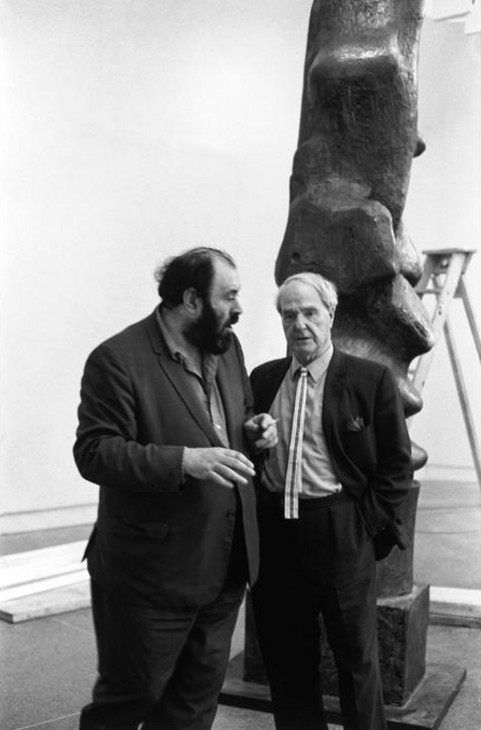Critics and Moore
Moore’s pioneering engagement with modernism gave rise from an early stage in his career to both positive and negative appraisals. For one early reviewer his blocky stone figures radiated ‘vitality and masculine strength’. Another said his works expressed ‘the cult of ugliness’.
In the 1930s Moore gained the support of the critic and poet Herbert Read, who became a friend and public champion of his work. The now suggestively rounded and pierced forms of Moore’s sculptures encouraged psychoanalytically informed readings by Adrian Stokes and Eric Neumann. In the 1950s and 1960s the critic David Sylvester curated several exhibitions of Moore’s work and wrote essays in which he drew attention to its anatomical and erotic dimensions.
Moore had prominent detractors, too. In the United States Clement Greenberg stood squarely against the tide of general approbation of Moore in America. In Britain John Berger was one of a number of critics who pointed to what he saw as the weaknesses of Moore’s work and the deadening effects of the official praise and adulation surrounding the artist.
How to cite
‘Critics and Moore’, in Henry Moore: Sculptural Process and Public Identity, Tate Research Publication, 2015, https://www

